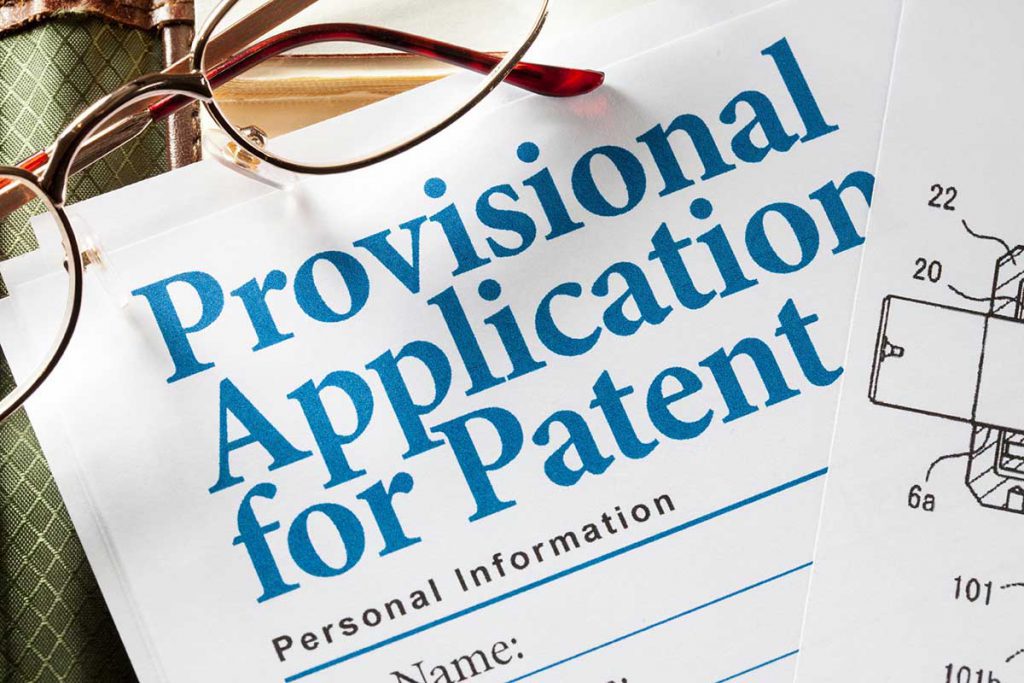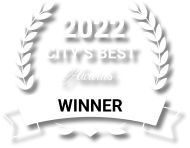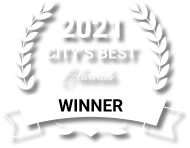Since 1995, the United States has allowed patent applicants to file provisional applications as an alternative to filing non-provisional utility patent applications (often referred to as “regular” or “conventional” applications). Provisional applications, which are typically less formal and therefore less expensive to prepare, have become a popular initial filing option for applicants seeking patent protection.[1] Yet, despite their popularity, deciding whether to first file a provisional versus a regular, non-provisional application remains a dilemma for many companies and inventors. There is, indeed, more than just initial cost to consider in making that decision.
The following are several advantages you should keep in mind when developing your filing strategy and deciding the role to be played by provisional applications. Disadvantages of provisional applications will be covered in a separate, forthcoming post.
1. Establish a filing date, without starting the patent-term clock
Just as with a conventional application, by filing a provisional application, an applicant can establish an official U.S. filing date for an invention. This is especially important because of the recent change in the U.S. patent system from “first to invent” to “first inventor to file.” It is now especially important to obtain the earliest possible filing date for an invention, ahead of other potential filers. And, though provisional applications themselves are short-lived, their filing dates could be used for a priority claim as long as the corresponding regular applications are filed within one year. Thus, applicants that will eventually file regular U.S. international applications can take advantage of the informality and reduced cost of U.S. provisional applications to obtain the earliest possible filing dates for their inventions.
Obtaining an early filing date can be even more important to applicants that hope to patent their inventions overseas. In most countries, applicants are barred from seeking patent protection on inventions that are publicly disclosed before a patent application is filed.[2] Under the Paris Convention, the filing dates of provisional applications in the U.S. can also serve as a priority application to patent applications filed abroad that disclose and claim the same inventions, so long as those foreign applications are filed within one year. Thus, by filing a provisional application prior to publicly disclosing an invention, an applicant can avoid forfeiting potential foreign patent rights.
Unlike regular applications, provisional applications do not start the patent clock. That is, the patent term of 20 years is still calculated from the filing date of the regular application.
2. Additional time
Once a provisional application is filed, an applicant has one year to “convert” the provisional application into a regular application. This allows applicants to, for example:
- Study the market and viability of the idea covered by the invention;
- Obtain freedom to operate and/or patentability opinions;
- Raise funds for the business venture;
- Decide whether, indeed, to pursue a patent protection, as opposed to relying on trade secret, copyright and/or other forms of protection; and
- Prepare regular U.S. and international and foreign patent applications in as strong of form as possible (e.g., addressing the prior art, avoiding potential future litigation issues, etc.)
3. “Patent Pending”
After a provisional application is filed, products embodying the underlying invention can be marked as “patent pending.” Although such marking does not provide any actual protection for the invention, it serves to notify the public, including potential infringers, that the product includes proprietary technology. This is not only good for marketing but it also may discourage copying of the product by competitors.
4. Fast and inexpensive
The time needed to prepare and file a provisional application is typically shorter than for a conventional patent application. That may be because provisional applications do not have to include claims – a portion of the patent application that can be the most time-consuming to draft – and because they do not need to meet other formal requirements imposed on regular patent applications.[3]
Less time to prepare the application also results in lower legal costs. In addition, United States Patent and Trademark Office (USPTO) filing fees are lower for provisional applications, e.g., $260 for a provisional application vs. $1600 for a non-provisional application for “undiscounted” entities.[4]
5. Fewer formalities
The USPTO has specific rules about the form regular applications should take. Its regulations detail everything from the content of specific sections to be included to the page and margin sizes. This is not the case with provisional applications. Not only does the USPTO not require claims — often, one of the most difficult to prepare parts of a regular application — the form of the application itself is less strictly mandated. Many applicants take this to suggest that provisional applications can be very quickly prepared and filed, often in as little as a few hours. Indeed, they often are, e.g., to beat an impending public disclosure date of the invention. However, as discussed in our subsequent post regarding the disadvantages of filing provisional versus conventional patent applications, this can be folly.
When possible, provisional applications should be filed in as close of form to the non-provisional application as possible. Doing so reduces the amount of work required to convert the provisional application to a non-provisional application, and provides a more robust disclosure for purposes of relying on the disclosure for priority purposes. In this regard, applicants should be mindful that they can benefit from many advantages of provisional applications even when they essentially prepare an application as a regular application, but file it as a provisional application.
6. Confidentiality
Provisional patent applications are held in confidence by the USPTO. In some instances, they do so forever. That is the case, for example, if an applicant does not subsequently file a regular application claiming the benefit of the filing date of a prior provisional application. Even after filing such a regular application, the provisional application will remain non-public until the regular application is published or issued as a patent. Thus, if a company or inventor is unsure whether they would like to bring an inventive concept to light, a provisional application can be filed to postpone that decision. If it is not followed with a conventional application, the provisional application can simply be allowed to expire and its contents are never made available to the public.
7. Delays examination
Generally, the USPTO prioritizes examination of regular applications based on their filing date. However, because provisional applications are not examined by the USPTO for patentability, an applicant can delay the examination of an underlying invention by up to a year by filing a provisional application and, one year later, filing a corresponding non-provisional application.
Many applicants wish to have the USTPO examine their inventions quickly for patentability, and therefore opt to file a regular application to start examination as soon as possible. However, some applicants are not in such a rush and can take advantage of the one year delay afforded by provisional applications. A startup company, for example, may wish to delay examination until it receives investor funding. Similarly, following the 2014 Supreme Court decision in Alice Corp. v. CLS Bank International, some applicants, particularly in technical areas such as software and business methods, have felt that they could more effectively prosecute their applications and they could receive better examination by the USPTO as, over time, additional legal precedent and USPTO guidelines have and continue to be made available. Such applicants can therefore obtain that examination delay by including provisional applications in their patent filing strategy. Other applicants, particularly, in the pharmaceutical field, postpose the filing of the regular applications to maximize the patent life at the end of the 20-year patent term, where the patents are typically most valuable.
Conclusion
The above list represents only a portion of the number of advantages to keep in mind when deciding whether to first file provisional applications prior to filing non-provisional applications. These and other factors should be carefully considered, and reviewed and discussed by applicants together with their patent attorneys.
Stay tuned for our follow-up blog post on the disadvantages of relying on provisional applications.
[2] This is not the case in the U.S., where a one-year grace period allows applicants to pursue patent protection for a concept that is publicly disclosed up to one year before the patent application is filed.
[3] It should be noted that the provisional applications should nonetheless meet the requirements of 35 U.S.C. § 112.
[4] The filing fees for entities that can claim “small entity” status are reduced by half, and the filing fees for entities that can claim “micro entity” status are reduced by three-quarters.


